Intensive Breeding Theory By Domanski Family Lofts
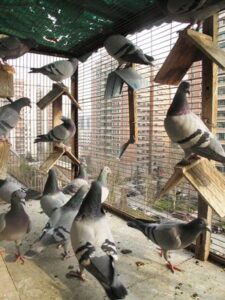 What is it that we want to accomplish when we breed? We want to produce prize and race winners. We want to produce birds that we can introduce back into the breeding loft that also produce prize winners and race winners. I don’t think there is a competitive fancier that can disagree with this goal. If we can’t do this ourselves our only option is to purchase breeders and hope they are producers. But what then? To continue on producing do we need to then purchase even more breeders a few years later also hoping they produce winners? No, our goal should be to produce those birds ourselves. What if it’s not in my gene pool? We won’t know this until we use scientific methods to sift through our gene pool to discover what is there and was is not. Only then can we actively introduce new blood and using those same tools, integrate better traits into our family. This section covers the theory and practice of intensive breeding. More precisely intensive in-breeding. Also here is described line breeding which in reality is another form of in-breeding.
What is it that we want to accomplish when we breed? We want to produce prize and race winners. We want to produce birds that we can introduce back into the breeding loft that also produce prize winners and race winners. I don’t think there is a competitive fancier that can disagree with this goal. If we can’t do this ourselves our only option is to purchase breeders and hope they are producers. But what then? To continue on producing do we need to then purchase even more breeders a few years later also hoping they produce winners? No, our goal should be to produce those birds ourselves. What if it’s not in my gene pool? We won’t know this until we use scientific methods to sift through our gene pool to discover what is there and was is not. Only then can we actively introduce new blood and using those same tools, integrate better traits into our family. This section covers the theory and practice of intensive breeding. More precisely intensive in-breeding. Also here is described line breeding which in reality is another form of in-breeding.
Process
The process is simple. Using in-breeding and line-breeding, we will take foundation pairs and refine their collective gene pool by producing off spring and using strict selection, continue intensive in-breeding and line-breeding to further refine the genetic material. Using this process we will produce several lines from several foundation pairs. At a certain stage, two unrelated lines are crossed with the hopes that the genetic material when combined in the first generation of offspring will produce birds that are superior to either line.
1. Two pronged approach to intensive breeding. The reason both line-breeding and in-breeding is used in this system is that both can be done simultaneously.
1.A. Intensive Line-breeding: Line-breeding is done with the intention that it can be continued indefinitely as long as the line maintains its vitality and genetic refining does not run into a dead end. It reveals deleterious gene combinations in a slower rate that intensive in-breeding. It allows for the production of both specimens to continue a line as well as specimens intended for crossing. The methodology is simple and does not require complicated schemes to maintain. There are some line-breeding methods that are so complicated that almost no racing fancier could maintain birds for the system unless they simply did not race the offspring. In this system, we want to race the offspring as the training basket and the racing crate are part of the selection process.
1.B. Intensive In-breeding: In-breeding will bring deleterious genetic combinations to the surface at a much more rapid pace than line-breeding. It will dead end more often and requires more attempts to find just the right in-bred line that will produce a generation (The Z generation) that is most homozygous for selected traits and will give the best results when crossed with another unrelated line.
2. Crossing lines: There is a term called “Hybrid Vigor”. This is when two unrelated lines or families or strains are combined producing a hybrid that is a superior performer to either line. Unfortunately, in most cases these hybrids do not produce well. If we understand genetics, the reason they do not produce well is because they produce offspring which are very heterozygous. If you are paying attention, that is the “ah ha” moment. Hybrids are performers but not producers. So what is a producer then? A producer is a homozygous specimen such as is the result from intensive in-breeding and line-breeding. That’s it in a nut shell. We are using a breeding strategy to take heterozygous breeding stock, refine it into nearly homozygous producers and breeding stock so that we can then cross them and get hybrids that are superior performers. We are going to take the “Z” generation of the in-bred lines and the selected generations from the line-bred lines and cross them together to attempt to produce “sports”. This is the end result that we are seeking with this system.
3. Perpetual Breeding: It doesn’t stop with the hybrids we produce. Consider those hybrids as heterozygous stock that again, can be mated, off spring selected and using both in-breeding and line-breeding once again lines can be established and crossed. This is even better than the original breeding stock as you are starting again with heterozygous birds, but they are of heterozygous material that you already refined through the breeding strategy and process to eliminate deleterious genetic combinations. Your progress is continuing and hopefully there will be even less original flaws and going through the process again, instead it is a matter of shifting through genetic variation to keep what is best and eliminate or limit what is not. This system is PERPETUAL. Some lines will genetically dead end. Some lines will be successful. That is why this system takes work and a systematic process.
Refining Continued
1. We need to have “perfect” foundation birds! False. Show me a perfect pigeon! We have so many various types of races and conditions that there is not one standard of bird that performs equally in all races. There are so many traits in pigeons that have a direct impact on racing that we can’t see or hold or observe. We have to ensure that the training basket and race crate are part of the selection process. Then after both of those have their say in the matter, we will use our own strict selection to incorporate candidates into the breeding loft to continue our lines both in-bred and line-bred. Sometimes we will find success and it is a GUARANTEE many times it will result in failure. We are not looking for instant success as there is no such thing. We are looking at trial and error to find those “gems” of matings the will propel our family forward. We are looking to refine our genetic material and “breed up”.
2. We need a lot of birds to utilize this system. False. This system could be started with only four foundation breeders. It’s better to begin with 6-8 breeders. We have to work within our means and every fancier has a different level of means for breeding. Regardless of how many foundation pairs and lines you are working, you need to have good record keeping and a system to keep your matings and progress straight. It’s best to have four unrelated lines, but as little as three will work. Having up to six lines will make it more probable that if a line dead ends you will not have interrupted work.
3. In-breeding is going to produce inferior pigeons. Absolutely!!! You better be prepared to produce inferior pigeons. Even if you have never in-bred before, show me a fancier that has NOT produced inferior pigeons with what ever breeders they have. Through genetic variation, there are offspring that differ from one another, some are better, some are worse. Why in the world would you cringe at the thought of in-breeding when you already produce inferior pigeons that are culled by the training basket and race crate with your current methods? This system is the same. The only difference is that we are trying to produce higher quality birds on the other end of the scale. Which is better? 5 of 12 offspring that are of above average quality and 7 that are not, OR, 2 of 12 of superior quality, 4 of mediocre quality and 6 totally inferior quality birds. I’m not a rocket scientist but I’ll take 2 Superior pigeons to 5 above average birds any day.
Intensive Breeding Theory By Domanski Family Lofts


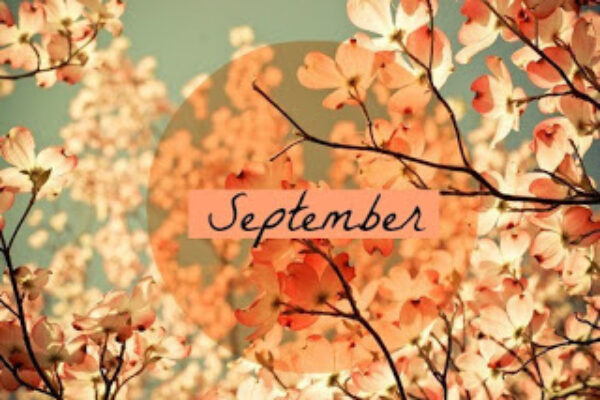
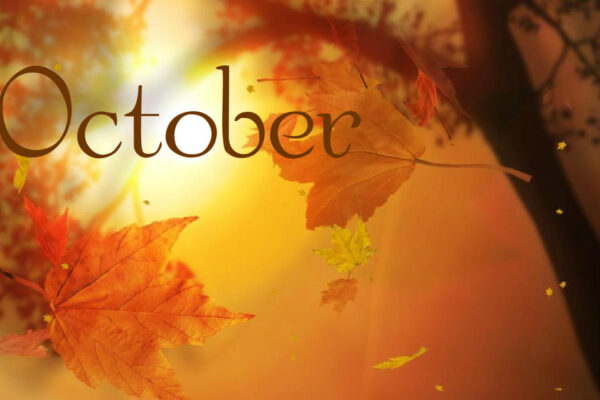
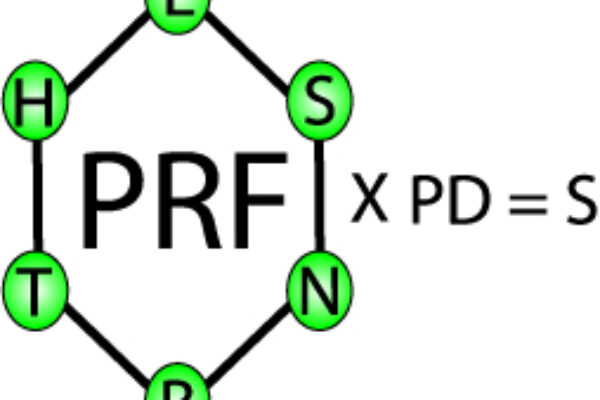
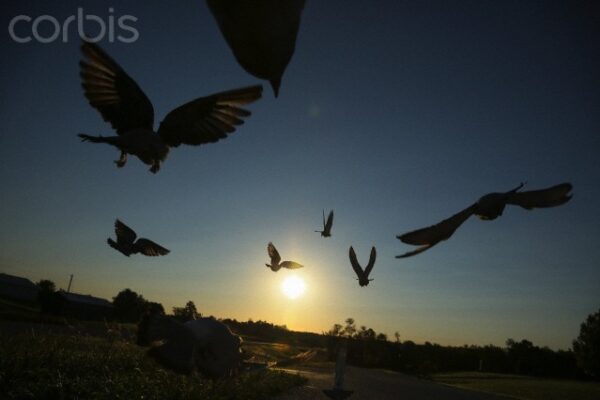
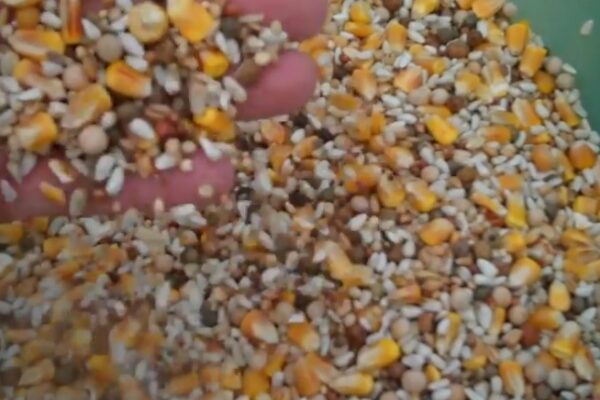


thankrs for more information…I’ll do it.
Yes,this is the breeding method that I am trying to adopt into my loft.Inbred birds,raced,and weeded out,keep the ones that score,or are well in there,and then outcross those birds with unrelated birds that also have proven themselves in the racing.The young off those pairs that perform well,will then be paired back to the original pairs,and the inbreeding cycle starts again until those original superior birds,pop up again through natural selection in the racing basket.The good one’s that score,are few,and well in inbetween,and I mean score regularly,not just average,and relyable,we all have those.But the one’s that are constantly a cut above the rest,they will be outcrossed,and only the best birds off them kept to go back to the original pairs,to start the inbreeding cycle again.
i have lot of birds. mostly are fancy.
Hi Chris very interesting topic breeding i think there are many roads to rome its what works for you but the article was well done thanks Brad.